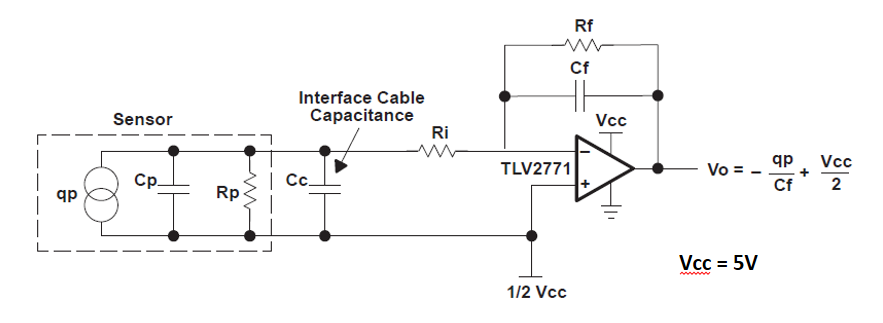Hello,
I am trying to use the charge amplification circuit from TI (link:- https://www.ti.com/lit/an/sloa033a/sloa033a.pdf page-4 ) for my sensor (https://www.mouser.com/ProductDetail/824-1-1000288-0 ). The problem is sometimes the circuit works fine and gives an appropriate output based on my sensor signal and sometimes it is just giving me a 5V output irrespective of my sensor signal. My supply voltage is 5V to the opamp.
Can you please help in decoding the problem. Thank you.


